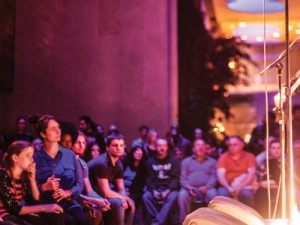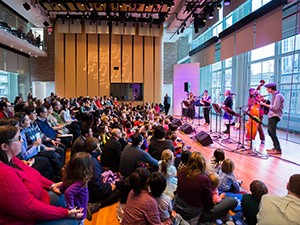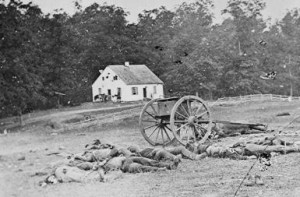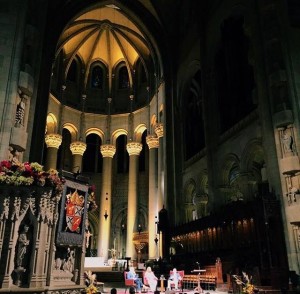by Howard Clemens
For those interested in studying the Civil War, a visit to Harpers Ferry will easily explain its critical geographical position. The natural boundary between north and south is the Potomac River. The Potomac River joins the Shenandoah River here, at the headwaters of the Shenandoah River Valley. During the Civil War, rail and ship transportation were key to supply chains for both armies. Harpers Ferry had both forms of transportation and was a strategic location between north and south. The Confederates were wooing Maryland residents to take up the Confederate side during the war and Harpers Ferry was a good position for this sort of public relations campaign.
A Short History of Harpers Ferry Before Civil War
The U.S. Armory and Arsenal was opened at Harpers Ferry in 1797. This facility produced over 600,000 muskets, rifles and pistols from 1707-1861. Harpers Ferry was also the first place in the U.S. to mechanize the production of weapons.
John Brown’s Raid
John Brown was an abolitionist with radical ideas about freeing slaves. He set out on the evening of October 16, 1859 to raid the U.S. Armory and Arsenal with the objective of seizing 100,000 weapons. These he planned to distribute to slaves to fight a guerilla war against slavery in the Shenandoah Valley. About a day and a half later, with Brown’s men killed or wounded, he was captured by the U.S. Marines. For his crimes of sedition against the country, he was hanged on December 2, 1859. John Brown’s Fort stands today as a memory of the raid, and the place where he was captured. It would take less than two years from the time of John Brown’s raid, and the country would be in a state of civil warfare.
Harpers Ferry During the Civil War
Confederate and Union soldiers passed through Harpers Ferry, making it a vulnerable location. Less than one day from the time Virginia seceded, Federal soldiers burned the armory n April 18, 1861. Yet only 15,000 weapons were burned, and Confederates were able to take the weapon making machinery into the South. The Confederates held Harpers Ferry until the Battle of Antietam concluded in 1862 then the Union reoccupied it . All together the town changed hands eight times between 1861 & 1865 – which illustrates its significance.
Harpers Ferry Jeopardy – Easy to Download and Play
To make it fun for students to prepare for a trip to Washington D.C. and Harpers Ferry, the National Park Service has a game (designed in Powerpoint) called Harpers Ferry Jeopardy. Another useful classroom teaching tool, The War for Freedom is designed for the student to gain a better understanding of slavery and emancipation. The War for Freedom includes intro text, teacher pages, learning activities and additional resources. Students can learn about slavery from the viewpoint of a slave and trace his or her journey to emancipation. Also documented in this section are actual stories of African American soldiers who fought hard for their freedom on different battlefields of the Civil War.
Middle School Lessons Plans for Social Studies Students
The National Park Service has designed a lesson geared towards 5th-8th graders that focuses specifically on Harpers Ferry. The Battle for Harpers Ferry, 1862: Harpers Ferry is the Key! includes four lesson plans that take 30-40 minutes to cover in the classroom. Students gain a better understanding of the strategic importance of Harpers Ferry for the Union and learn more about the life of a Civil War soldier.
With so many great classroom tools to work with, teachers will find it easier to help students understand the importance of Harpers Ferry during the Civil War era. They will also be able to tie this lesson into another about the Battle for Antietam. A real visit to Harpers Ferry will enable students to understand the geographic position of Harpers Ferry today and to view some of the historic sites where armies were situated. Harpers Ferry has sites and trails in three different states: West Virginia, Virginia and Maryland.
To plan a student tour of Harpers Ferry with a student travel company, Request a Quote or email info@educationaltravelconsultants.com.
Resources for Teachers:
The Battle for Harpers Ferry
http://www.nps.gov/hafe/learn/education/classrooms/battle-of-hf-2.htm
War for Freedom
http://www.nps.gov/hafe/learn/education/war-for-freedom.htm
Harpers Ferry Jeopardy
http://www.nps.gov/hafe/learn/education/classrooms/curriculummaterials.htm




